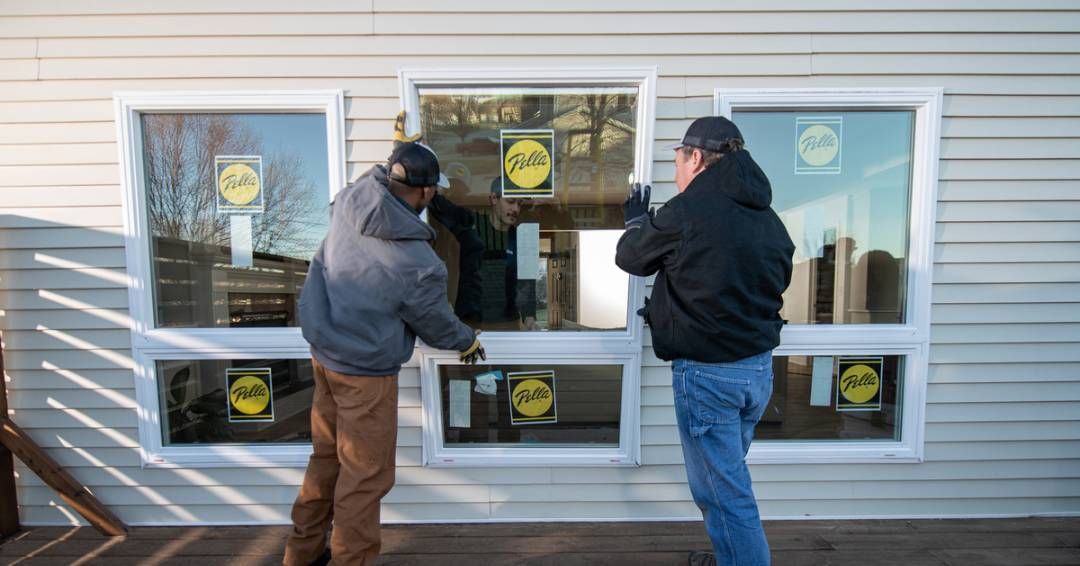When it comes to creating energy-efficient, safe, and comfortable buildings, the materials used in windows play a significant role. One such innovation that has been gaining attention is UW Pop Health glazing used on windows. While traditional glazing techniques mainly focus on aesthetics and basic insulation, advanced glazing technologies—like those used in health-oriented and sustainable projects—are designed to support energy savings, environmental sustainability, and even public health outcomes.
In this blog post, we’ll dive deep into what UW Pop Health glazing means, its applications in windows, why it matters, and how it could transform the way we think about architecture, health, and sustainable design.
What Is UW Pop Health Glazing?
The phrase “UW Pop Health glazing used on windows” may sound technical, but let’s break it down step by step:
- UW Factor (U-Value or Uw-value):
- This represents how well a window (including the glazing, frame, and spacer) insulates against heat transfer.
- A lower Uw-value means better insulation, keeping indoor temperatures stable and reducing the need for heating or cooling.
- Pop Health (Population Health):
- Population health focuses on improving health outcomes for communities rather than just individuals.
- In the context of glazing, this refers to window designs and materials that improve air quality, reduce energy poverty, enhance mental well-being (via natural light), and lower greenhouse gas emissions.
- Glazing:
- This is the glass component of a window, which may consist of single, double, or triple panes with coatings or gas fillings to enhance performance.
- Specialized glazing can include UV filters, soundproofing, and antimicrobial coatings for healthier indoor environments.
When combined, UW Pop Health glazing used on windows refers to the use of high-performance glazing systems that balance energy efficiency, sustainability, and health benefits at a community or population level.
Why Is UW Pop Health Glazing Important?
1. Energy Efficiency and Sustainability
Windows are responsible for a large portion of a building’s energy loss. By using advanced glazing with a low Uw-value, buildings consume less energy for heating in winter and cooling in summer. This contributes to reducing greenhouse gas emissions, supporting both environmental goals and public health by minimizing air pollution.
2. Health and Comfort
- Thermal Comfort: Consistent indoor temperatures reduce the risk of heat stress and cold-related illnesses.
- Natural Light Exposure: Glazing systems can maximize daylight without overheating, supporting better sleep cycles, productivity, and mood.
- Noise Reduction: Pop Health glazing often includes acoustic insulation to protect communities in urban areas from harmful noise pollution.
3. Community-Level Benefits
By reducing energy use across multiple buildings, UW Pop Health glazing contributes to population-wide improvements such as:
- Lower energy costs for households (reducing energy poverty).
- Cleaner city air due to decreased reliance on fossil fuels.
- Healthier living environments in schools, hospitals, and workplaces.
Features of UW Pop Health Glazing in Windows
Here are the standout features that make this glazing unique:
- Low U-Value Performance: Ensures minimal heat transfer, keeping buildings efficient.
- Low-E (Low Emissivity) Coatings: Thin metallic layers reflect heat back inside during winter and block excess solar radiation in summer.
- Multi-Pane Construction: Double or triple glazing improves insulation.
- Gas Filling: Argon or krypton gas between panes enhances energy performance.
- UV and Blue-Light Control: Protects occupants’ eyes and skin while preventing furniture fading.
- Antimicrobial Surface Treatments: Especially relevant in healthcare or public health settings.
- Acoustic Control: Reduces the impact of traffic, construction, and urban noise.
Applications of UW Pop Health Glazing in Windows
1. Healthcare Facilities
Hospitals, clinics, and long-term care centers benefit significantly from health-oriented glazing. Natural light aids patient recovery, while antimicrobial coatings reduce infection risks.
2. Educational Buildings
Schools and universities using Pop Health glazing create environments where students are exposed to healthy daylight without excessive glare, boosting focus and academic performance.
3. Workspaces and Offices
Corporate offices adopting advanced glazing report improved employee productivity, reduced sick days, and higher workplace satisfaction.
4. Residential Homes
For families, these windows lower energy bills, improve indoor comfort, and create healthier living conditions. They are especially beneficial in regions with extreme weather or high urban pollution.
5. Public and Government Buildings
Investing in population health-oriented glazing for public buildings demonstrates a city’s commitment to sustainability and long-term community health.
Case Study: The Role of Glazing in Public Health
Let’s imagine a real-world scenario. A large university health sciences building in the Pacific Northwest invests in UW Pop Health glazing for all its windows.
- Energy Use: Energy consumption drops by 35% compared to traditional single-pane windows.
- Indoor Air Quality: Reduced reliance on heating and cooling systems lowers indoor pollutants.
- Mental Health: Students and staff exposed to natural daylight report higher satisfaction and reduced stress levels.
- Community Impact: Over time, the university’s lower carbon emissions contribute to cleaner regional air quality.
This case highlights how advanced glazing can ripple outward, supporting not just individual health but entire communities.
The Future of UW Pop Health Glazing
As building codes worldwide continue to tighten energy efficiency standards, the use of health-oriented glazing technologies will only grow. Future innovations may include:
- Smart Glass: Automatically adjusts tint to optimize light and heat.
- Solar-Generating Glazing: Transparent photovoltaic layers that generate electricity while functioning as windows.
- AI-Integrated Systems: Windows that connect with HVAC systems to optimize health, comfort, and energy use in real time.
- Biophilic Design Integration: Glazing that enhances outdoor views, further improving mental and emotional health.
Challenges in Adopting UW Pop Health Glazing
While the benefits are clear, there are challenges:
- Cost: Advanced glazing is often more expensive upfront, though it saves money over time through reduced energy bills.
- Awareness: Many builders, architects, and homeowners are unaware of population health benefits tied to glazing.
- Retrofitting Older Buildings: Installing Pop Health glazing in older structures can be complex and require structural adjustments.
Despite these challenges, as more institutions and governments recognize the role of buildings in shaping public health, adoption rates are expected to increase significantly.
Conclusion
The concept of UW Pop Health glazing used on windows represents much more than just energy-efficient glass—it’s a movement toward creating healthier, more sustainable, and equitable living environments. By integrating cutting-edge glazing technologies, we not only reduce energy consumption but also enhance comfort, well-being, and community health outcomes.














